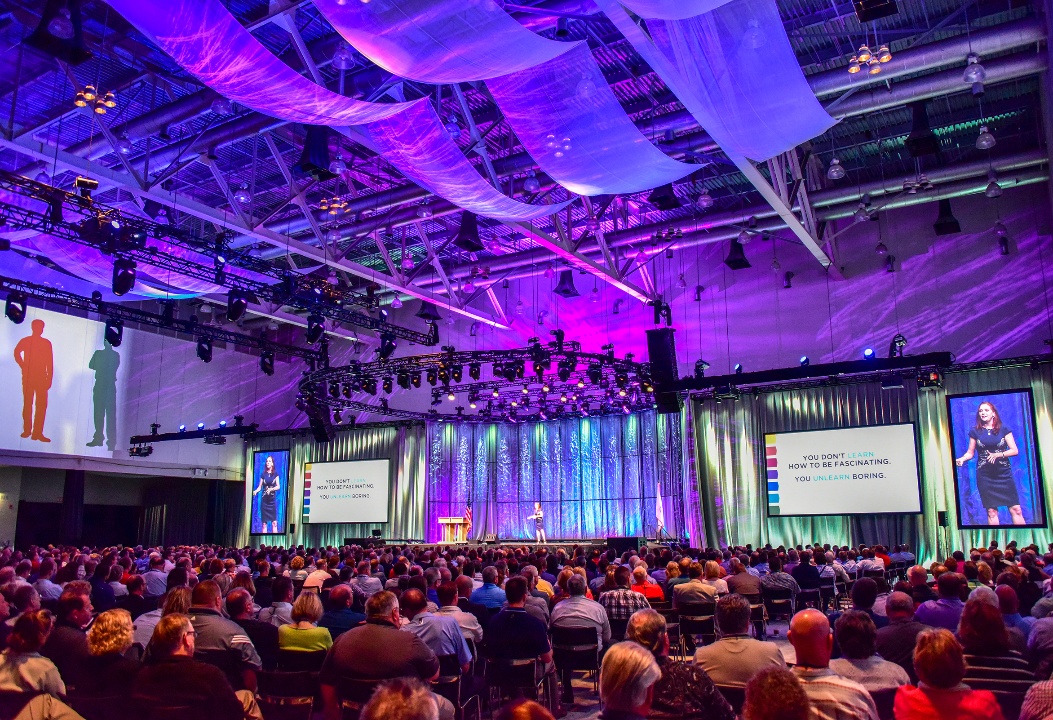Harmonizing Audio and Light to Enhance the Impact of NYC Performances
Wiki Article
Throughout NYC, productions like theatrical performances, concerts, and additional in-person events generate a vibrant cultural scene that attracts countless of people. One critical component of delivering these events memorable is the meticulous combination of sound and light. This harmonization not only enriches the viewer's experience but also aids communicate feelings and messages that the artists intend to express. Grasping how audio and light interact can significantly elevate the effectiveness of any performance.

Sound serves a crucial function in establishing the mood for any event. It includes melody, dialogue, audio cues, and background sounds that create an aural space for the viewers. Proper audio engineering ensures that each component is clear and well-mixed. For instance, in a musical theater performance, the singers' voices must be projected clearly over the musical arrangement. This balance enables the audience to engage with the story being performed while fully enjoying the composition. Strategic application of audio can evoke emotions of joy, melancholy, or suspense, guiding the audience's emotional responses throughout the show.
Lighting also plays a pivotal role in stage productions. Illumination planning helps establishing mood and focus attention on specific sections of the set. Different illumination methods can change the view of space and time within a scene. For example, bright lights can energize a scene, while low lighting look at this website can create intimacy or mystery. By using hue and intensity in lighting, technicians can also enhance the emotional tone of each moment. When paired with audio, lighting brings dimension and richness to storytelling, making it more captivating for viewers.
The coordination between sound and light specialists is essential for achieving a cohesive production. These professionals must coordinate effectively to guarantee that their elements support one another. For instance, if a moment requires a dramatic reveal, both audio cues and lighting cues need to be perfectly synchronized. This synchronization creates a striking effect that captures the audience's focus. The cooperation between these two departments underscores the importance of teamwork in producing impactful productions that connect with viewers.
In summary, blending audio and lighting is key for enhancing the enhancing ambiance with colored lights effectiveness of productions in New York City. Together, they craft an engaging environment that mesmerizes attendees and deepens narrative delivery. As technology continues to advance, audio and illumination experts will have even more resources at their fingertips to produce cutting-edge productions. Appreciating this fusion not only improves shows but also demonstrates the artistry involved in orchestrating live events. By understanding how these aspects interact, audiences can develop a greater insight of what goes into crafting lasting stage performances.